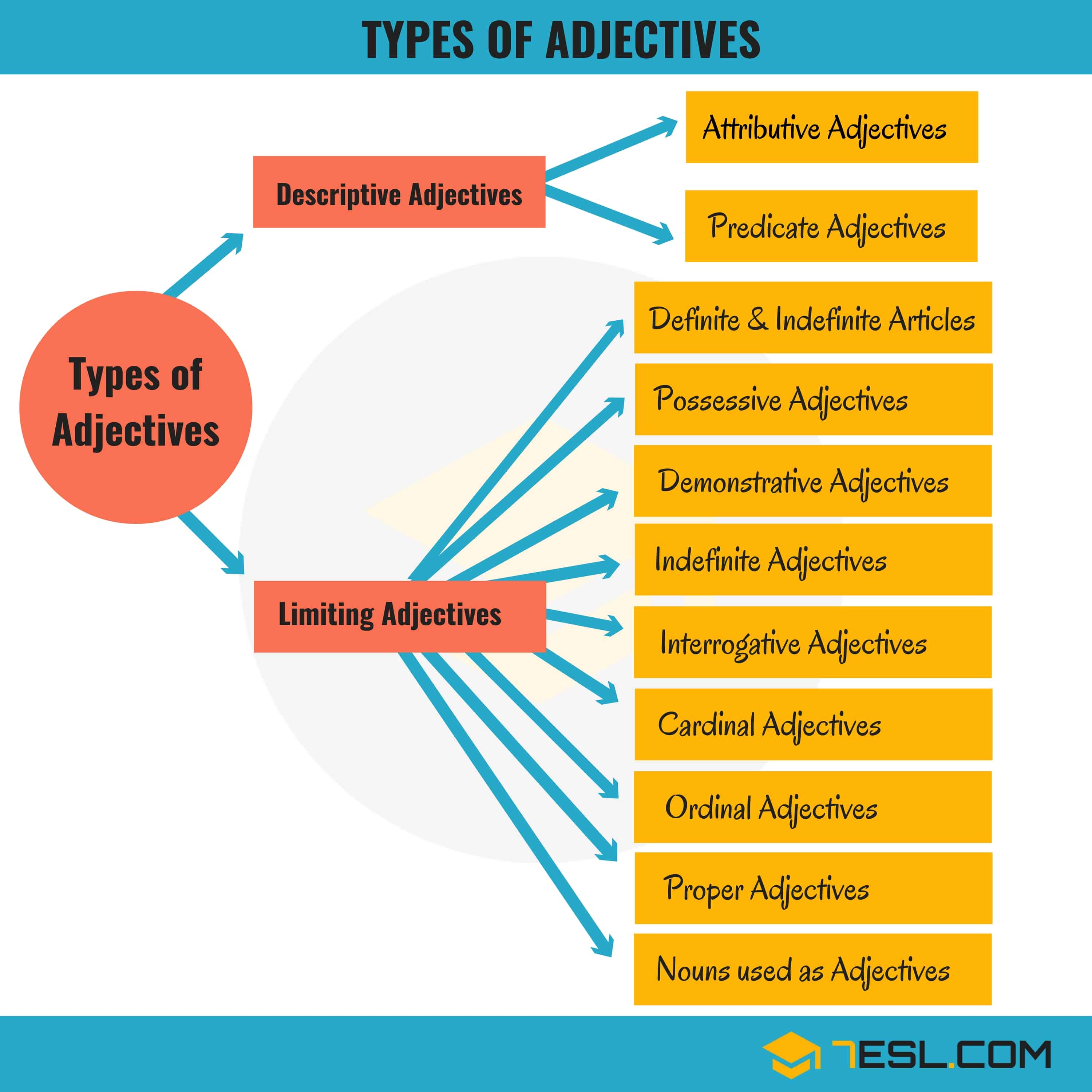Te Form Adjectives
Te Form Adjectives - How to make a chronological order. We'll use this knowledge to construct the て form. Web the te form is required for learning japanese to make verbs and adjectives easier to comprehend. Before we look at usage, let's first learn how to form the verb and adjective forms separated by affirmative and negative tenses. If you don't know how to make the simple past (た) form, please click here for how to do that. In the case of this example, that would be:
An auxiliary て (or te form) is used to describe the relationship between two phrases before and after *. Te form to join two words. 美味しい (oishii) = 美味し (oishi) = 美味しくて (oishikute) nouns & な adjectives. Web the te form of a japanese verb is the form which ends in te or de. Web てforms for joining sentences.
食べる → 食べて ( Taberu → Tabete) “I Eat” / “I Will Eat” → “I’m Eating”.
Te form to join two words. Te form to make a chronological order. For example, the te form of miru ( 見る ), see, is mite ( 見て ), and the te form of yomu ( 読む ), read, is yonde ( 読んで ). Kesa, ha o migaite… 今朝、歯を磨いて (this morning, i brush* [te form, not past] my.
Based On Mirai 3/4 (Unit 2).
Before we jump into the (many) different usages of the te form, let’s look at how you form it. Web powerpoint introducing 'and' using the teform to join sentences いadjective+くて, なadjective+で, verb+てverb, noun+で. 2 overview of adjectives in lubukusu. Te form for the copula だ.
The Te Form Is Used In Forms Like Te Iru ( 〜ている ), Be Doing And Te Shimau ( 〜てしまう) Finished Doing.
The review includes notes from today's japane. The te (て) form of the copula だ is で (de). The meanings of the word are: It is characterized by the ending て (te) or で (de).
Web The Te Form (て) Can Be Applied To Both Verbs And Adjectives.
Web we’ll teach you how to convert it in ‘te’ form in a moment. Web the te form is required for learning japanese to make verbs and adjectives easier to comprehend. Before we look at usage, let's first learn how to form the verb and adjective forms separated by affirmative and negative tenses. If you don't know how to make the simple past (た) form, please click here for how to do that.
Web powerpoint introducing 'and' using the teform to join sentences いadjective+くて, なadjective+で, verb+てverb, noun+で. Their conjugation in the te form varies according to the type of verb (copula, ichidan or godan) or adjective ( adjective in い or adjective in な ). Te form to make a chronological order. Web てforms for joining sentences. Just like using the てform to join to verbs, it can also be used to combine adjectives and nouns.




